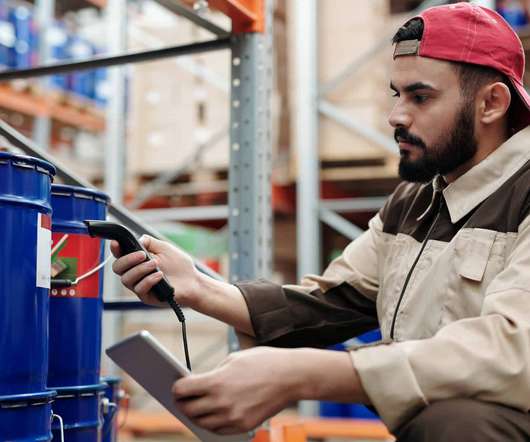Trends 2022: Supply Chain
Enterra Insights
JANUARY 5, 2022
According to the Flat World Global Solutions staff, “Labor deficits, raw material shortages and e-commerce businesses driving up demand are all leading to increased shipping and transportation prices.” billion in 2017 plummeted to $5,200 billion in 2020. billion by 2027. . billion by 2027.















Let's personalize your content